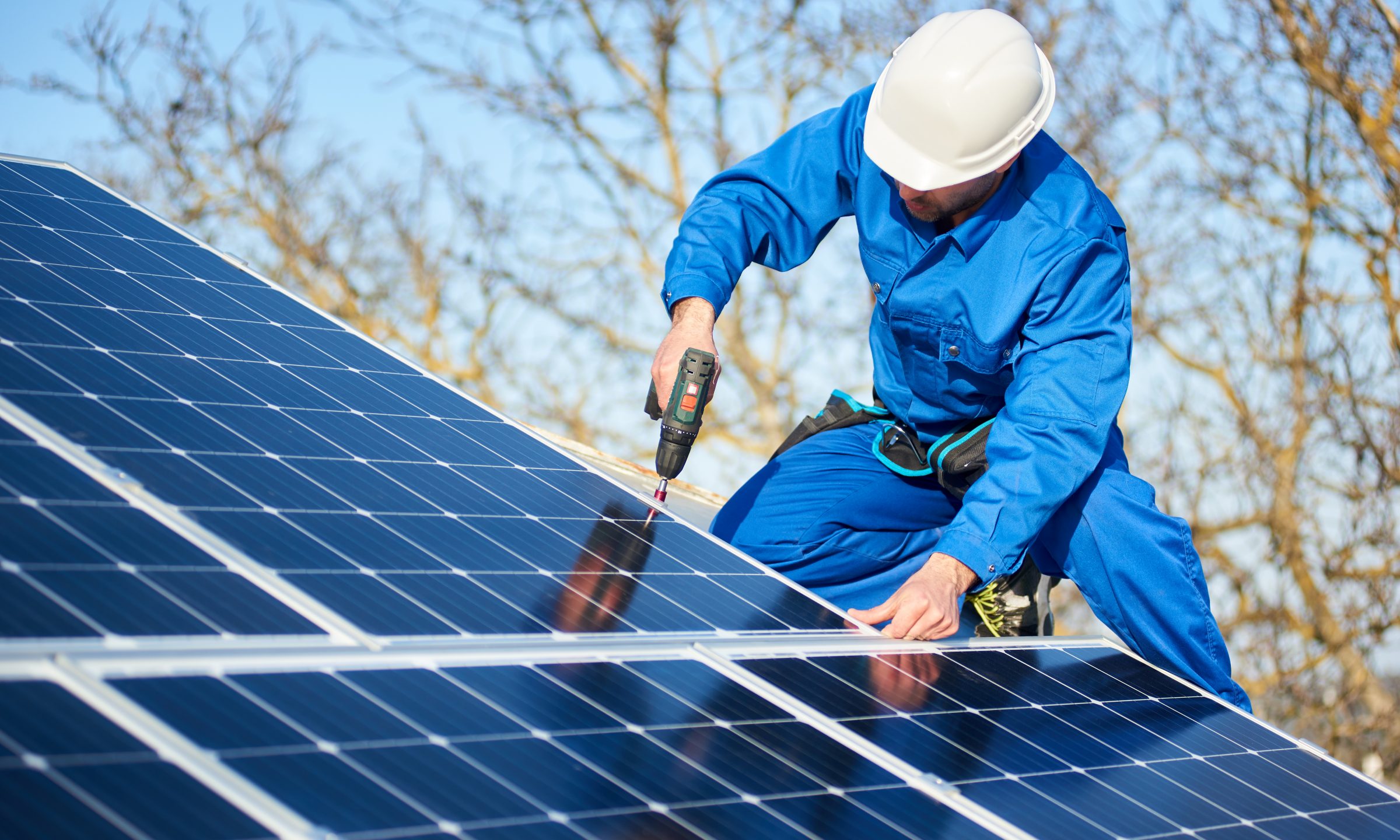3 Easy Facts About Best Solar Panels Explained
The Only Guide for Best Solar Panels
Table of ContentsBest Solar Panels for BeginnersAn Unbiased View of Best Solar PanelsThe 3-Minute Rule for Best Solar PanelsThe Buzz on Best Solar Panels7 Easy Facts About Best Solar Panels DescribedWhat Does Best Solar Panels Do?
Key takeaways There are 3 different kinds of solar panels: monocrystalline, polycrystalline, as well as slim movie (Best solar panels). Monocrystalline photovoltaic panels are very efficient and have a smooth design, however come with a higher cost point than other solar panels. Polycrystalline photovoltaic panels are less costly than monocrystalline panels, nonetheless, they are less reliable and aren't as aesthetically pleasing./different-solar-panel-close-up-484775426-4f1d9cdb53514d679bedb6bca208ade8.jpg)
Due to the fact that polycrystalline cells contain several silicon cells, the electrons can stagnate as conveniently and as a result, decrease the effectiveness of the panel. The lower effectiveness of polycrystalline panels additionally indicates they have a tendency to have a lower power outcome than monocrystalline panels, generally ranging between 240 watts and also 300 watts.
The Buzz on Best Solar Panels


The temperature coefficient informs you exactly how a lot the power output will certainly decrease by for every 1 * C over 25 * C the panel gets. The basic temperature level coefficient for mono as well as polycrystalline panels generally falls somewhere in between -0.
With some slim film panels, it's tough to also see the individual cells within the panel. They likewise have a tendency to have much less wiring as well as busbars, meaning there's much less white room. Nevertheless, due to the fact that they are so inefficient, you would certainly require to cover your entire roofing in thin movie panels - which may or may not be your design.
The 20-Second Trick For Best Solar Panels
The means monocrystalline solar cells are designed reasons there to be fairly a little bit of white room on the panel. Some suppliers have worked around this with black packing or forming the cells in a different way, however these aesthetic changes can impact both the cost and also efficiency of the panels. On the whole, monocrystalline panels still look smooth, however they're a little bit much more noticable than thin movie panels.
We do not advise slim film solar panels for property installments - their performance and longevity do not make the inexpensive worth it, and also it's unlikely you'll have nearly enough area to set up the variety of slim film panels you would require to cover your house electricity use. Variables to think about besides solar panel type There are 2 things we below at Solar, Reviews believe are extra important than solar PV cell kind when choosing panels for your house: the brand of solar panels as well description as discovering the best solar installer (Best solar panels).
Our main ranking of the finest house solar panel brand names of 2022 can help you locate what solar panels will certainly work best on your roofing system, without sacrificing high quality. A solar panel system will get on your roof for at the very least 25 years, so you need an installer you can rely on for two-plus decades! We advise local, trustworthy solar installers with high customer testimonial scores as they provide one of the most tailored client service on solar projects.
Unknown Facts About Best Solar Panels
Considering that they are made from pure silicon, they can be conveniently recognized by their dark black color. The use of pure silicon additionally makes monocrystalline panels the most space-efficient and Read Full Report longest-lasting among all 3 solar panel types. Nevertheless, this comes at a cost a great deal of silicon is thrown away to generate one monocrystalline cell, often reaching over 50%.
Polycrystalline photovoltaic panels As the name implies, these come from different silicon crystals rather than one. The silicon pieces are thawed and also put right into a square mold. This makes polycrystalline cells a lot more budget friendly since there is minimal wastefulness, and provides that characteristic square shape. This also makes them less reliable in terms of energy conversion and space, because their silicon pureness as well as building are lower than monocrystalline panels.
Each panel does not need a framework support, making them lighter as well as much easier to set up. Unlike crystalline silicon panels that come in standard sizes of 60, 72, and also 96-cell counts, thin-film panels can be available in various sizes to match details demands. They are much less reliable than normal silicon solar panels.
Best Solar Panels - An Overview
Unlike mono-and polycrystalline solar cells, the silicon is not structured on the molecular degree. This is why a-Si panels are suited for applications that call for very little power, such as pocket calculators.
The combination of these aspects causes the highest effectiveness among thin-panel types, though still not as effective as crystalline silicon panels. Monocrystalline panels have an efficiency score over 20%. PERC official website panels add an additional 5% efficiency thanks to their passivation layer. Polycrystalline panels float somewhere between 15-17%. CIGS panels have an efficiency variety of 13-15%.
$0. 32-$0. 65 $1 $1. 50 $0. 70 $1 $0. 60 $0. 70 $0. 50 $0. Best solar panels. 60 $0. 43 $0. 50 Note that these numbers don't include the cost of installation and also labor. With labor and also other overhead factors, the overall can increase to $2. 50 to $3. 50 per watt.
What Does Best Solar Panels Do?
This loss of result is mirrored with the temperature level coefficient, which is an action of the panel's reduction in power outcome for each 1C rise over 25C (77F). Monocrystalline and polycrystalline panels have a temperature coefficient between -0. 3%/ C to -0. 5%/ C, while thin-film panels are more detailed to -0.